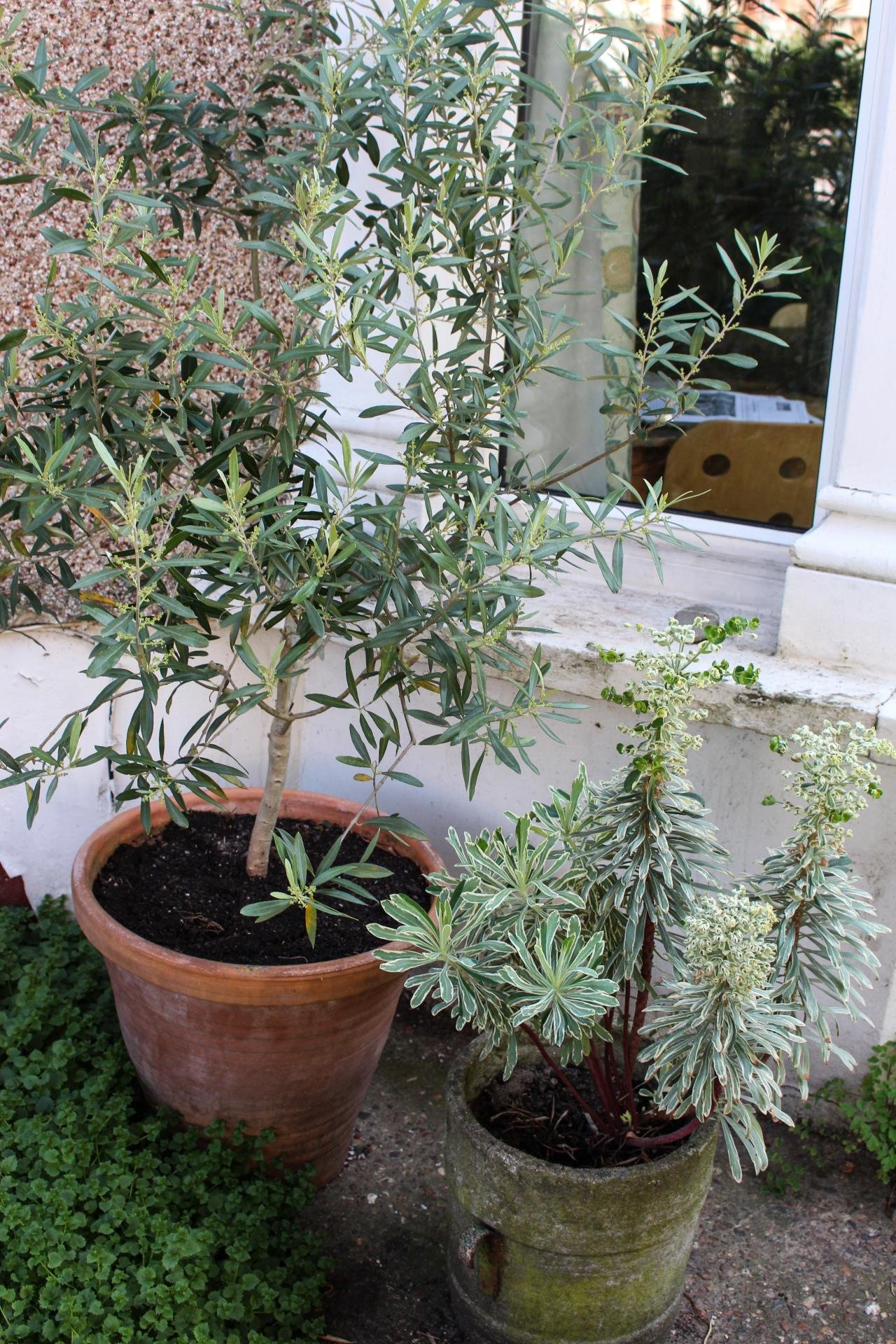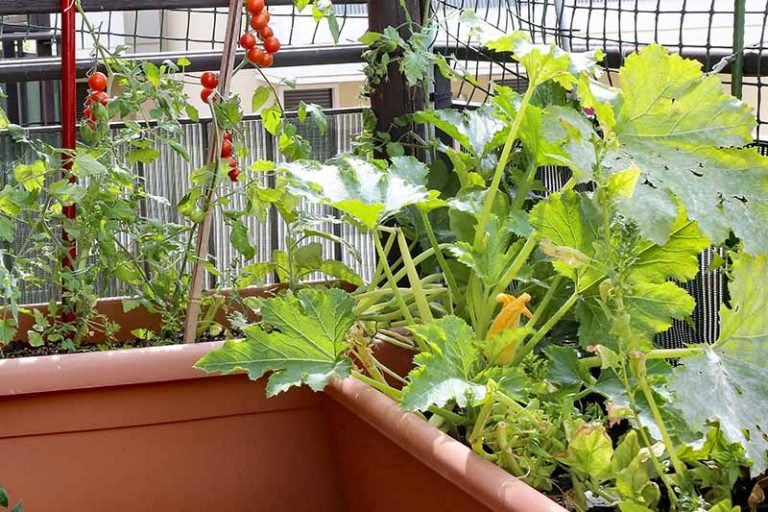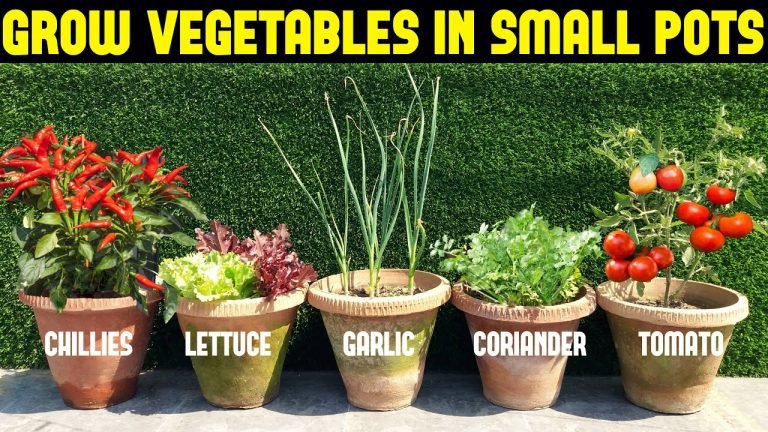how to grow olive tree in a pot – [Beginners Guide]
Are you interested in growing your own produce at home but don’t have a lot of outdoor space? Or maybe you’re just looking for a fun and easy project to try your hand at gardening. Either way, growing olive trees in pots might be the perfect solution for you.
As someone who loves to garden, I have found that growing olive trees in pots is not only a convenient way to enjoy fresh olives, but it also adds an elegant touch to my outdoor space. With the right care and attention, olive trees can thrive in pots, producing delicious fruits year after year.
In this guide, we’ll go over everything you need to know to successfully grow olive trees in pots, from choosing the right pot and soil to pruning and harvesting. We’ll also discuss the benefits of growing olive trees in pots, such as their ability to be easily moved around and their ability to be protected from harsh weather conditions.
So, whether you’re a seasoned gardener or a beginner, let’s dive into the world of growing olive trees in pots and see how you can enjoy the fruits of your labor right at home.
Pot or container selection
When it comes to growing olive trees in pots, the size and construction of the pot are just as important as they are for cherry tomatoes. Here’s what you need to know:
Size and Capacity
Olive trees can grow quite large, but when grown in pots, their size will be limited. However, you still need to choose a pot that is large enough to accommodate the tree’s root system and provide enough space for growth. A pot with a diameter of at least 24 inches (60 cm) and a depth of at least 24 inches (60 cm) is recommended for optimal growth. This will ensure that the roots have enough room to spread out and the tree has enough soil to support its growth.
Construction
The construction of the pot is also important for the health and growth of your olive tree. Here are some things to consider:
- Material: Choose a pot made of a durable material that can withstand outdoor conditions. Terra cotta, glazed ceramic, plastic, and fiberglass pots are all good options. Avoid pots made of metal or wood, as they can rust or rot over time.
- Drainage: Make sure your pot has drainage holes in the bottom to allow excess water to drain out. Olive trees don’t like to sit in water, so good drainage is essential. If your pot doesn’t have drainage holes, you can drill some yourself or add a layer of rocks or gravel in the bottom to help with drainage.
- Insulation: Olive trees are sensitive to temperature changes, so it’s a good idea to choose a pot that provides insulation against extreme heat or cold. Pots made of thick materials like ceramic or fiberglass can help regulate the temperature of the soil and protect the roots from damage.
By choosing the right size and construction for your pot, you can create an optimal environment for your olive tree to thrive. Just be sure to provide plenty of sunlight, regular watering, and appropriate fertilizer, and you’ll be on your way to enjoying fresh olives from your very own tree!
Make suitable soil mix
When it comes to growing olive trees in pots at home, the soil mix is equally crucial for optimal growth. Olive trees require well-draining soil that is rich in nutrients and has a pH level of between 6.0 and 8.5. Here’s a breakdown of the type and mixture of soil required to grow olive trees in pots:
Type
It’s best to use a high-quality potting mix specifically formulated for container-grown trees. These mixes are usually made from a combination of peat moss, compost, and perlite or vermiculite and are designed to provide the right balance of nutrients and drainage for your olive trees. Avoid using garden soil or topsoil, as these types of soil may not have the right composition for container-grown plants.
Mixture
In addition to using a high-quality potting mix, you may want to consider adding some amendments to your soil to give your olive trees a boost. Some options include:
- Perlite: Adding perlite to the soil mix can help improve drainage and prevent waterlogging, which can be harmful to olive trees.
- Coarse sand: You can add coarse sand to the soil mix to improve drainage and prevent compaction.
- Bone meal: You can use bone meal to provide additional nutrients, particularly phosphorus, which is essential for root development.
- Compost: Adding compost to the soil mix can help improve its structure, drainage, and nutrient content.
It’s important to note that the mixture of soil amendments may vary depending on the existing soil composition in your area. It’s best to conduct a soil test before planting your olive tree to determine the soil’s pH level and nutrient deficiencies. The correct soil composition will provide your olive tree with the necessary nutrients, drainage, and aeration needed for optimal growth, leading to a healthy and fruitful tree.
How to plant the olive tree?
Here is a step-by-step guide to planting an olive tree in a pot at home:
Step 1: Choose the right pot
Select a pot that is large enough to accommodate the root system of your olive tree. A pot with a diameter of at least 24 inches (60 cm) and a depth of at least 24 inches (60 cm) is a good size for most olive tree varieties.
Make sure the pot has drainage holes to allow excess water to drain away from the roots. If the pot doesn’t have drainage holes, be sure to add some to the bottom before planting.
Step 2: Fill the pot with soil
Fill the pot with a high-quality potting mix formulated for fruit trees. Make sure to leave enough space at the top of the pot for watering.
Step 3: Add a layer of gravel
Add a layer of gravel at the bottom of the pot to help with drainage.
Step 4: Plant the olive tree
Remove the olive tree from its container, taking care to gently loosen the roots. Place the olive tree in the center of the pot, making sure that the root ball is level with the soil surface.
Fill in around the root ball with soil, gently tamping it down to remove any air pockets. Water the olive tree well to help settle the soil around the roots.
Step 5: Place the pot in a sunny location
Olive trees need plenty of sunlight to thrive, so choose a location that gets at least 6-8 hours of direct sunlight per day.
Step 6: Water and fertilize
Keep the soil moist, but be careful not to overwater. A good rule of thumb is to water the soil deeply once or twice a week, depending on the weather and the size of the pot.
As the olive tree grows, you may want to fertilize it with a balanced fruit tree fertilizer to help it continue to thrive. Follow the instructions on the fertilizer package for the recommended amount and frequency.
Step 7: Prune the olive tree
Olive trees require regular pruning to promote growth and maintain their shape. Prune your tree in the spring or fall, removing any dead or diseased branches and thinning out crowded areas.
By following these steps, you can successfully plant and grow an olive tree in a pot at home. With proper care and attention, your olive tree will provide you with fresh olives for many years to come.
How to care for olive tree?
Growing an olive tree in a pot at home can be a rewarding experience. Here are some tips on how to care for your olive tree:
Watering Requirement
Olive trees prefer well-draining soil and do not like to be kept in soggy soil. It’s important to avoid overwatering as it can cause root rot. As a general rule, water the olive tree when the top inch of soil feels dry to the touch. During the growing season, water the tree deeply once a week, and reduce watering in the winter when the tree is dormant.
Fertilizer Requirement
Olive trees do not require a lot of fertilizer, but they do benefit from regular feeding. Use a balanced fertilizer with an N-P-K ratio of 10-10-10 or 8-8-8, according to the package directions. Alternatively, you can use a slow-release fertilizer or organic compost. Apply fertilizer in the spring and again in midsummer.
Sunlight Needs
Olive trees need plenty of sunlight to thrive. Place your potted olive tree in a sunny location, such as a south-facing window or on a patio that gets at least six hours of direct sunlight a day.
Pruning & Training
Pruning is important to keep your olive tree healthy and productive. Prune your tree in late winter or early spring before new growth appears. Remove any dead, diseased, or crossing branches, and thin out the center of the tree to improve air circulation. Olive trees can be trained into different shapes, such as a central leader or a multi-stemmed bush, depending on your preference.
Other Care
In addition to watering, fertilizing, and pruning, there are a few other things you can do to care for your olive tree:
- Repot your olive tree every 2-3 years to ensure it has enough room to grow.
- Provide good drainage by adding perlite or sand to the potting mix.
- Protect the tree from cold temperatures by bringing it indoors or covering it with a blanket or frost cloth.
- Watch out for pests and diseases, such as spider mites, scale, and root rot. Treat any problems promptly with organic insecticides or fungicides.
- Harvest the olives when they are fully ripe, usually in late fall or early winter. Pick them by hand or use a small rake to gently pull them off the tree.
In summary, caring for an olive tree in a pot at home involves providing well-draining soil, regular watering and feeding, adequate sunlight, and pruning to maintain a healthy and productive tree. With proper care, your olive tree can thrive and produce delicious fruit for many years to come.
Common problems
Other Issues
In addition to pests, insects, diseases, and poor production, cherry tomatoes grown in pots may also face other issues such as:
Root-bound plants: When the roots of the plant grow too big for the pot, they can become root-bound and start to circle around the pot. This can restrict the plant’s growth and affect its ability to absorb water and nutrients. To prevent this, it’s important to repot your cherry tomato plants into a larger pot every year or two.
Nutrient deficiencies: Cherry tomatoes are heavy feeders and require a steady supply of nutrients to grow and produce fruit. Nutrient deficiencies can lead to stunted growth, yellow leaves, and poor fruit production. To prevent this, fertilize your plants regularly with a balanced fertilizer according to the package instructions.
Water stress: Overwatering or underwatering can cause stress to your cherry tomato plants and affect their growth and fruit production. To prevent this, water your plants deeply once or twice a week, depending on the weather and soil conditions. Check the soil moisture level regularly by sticking your finger about an inch into the soil.
Temperature stress: Cherry tomatoes prefer warm temperatures and may struggle in cold or hot weather. Temperatures below 50°F or above 85°F can affect their growth and fruit production. To prevent temperature stress, keep your plants in a location where they can get enough sunlight and avoid exposing them to extreme temperatures.
Light stress: Cherry tomatoes require at least 6 hours of direct sunlight per day to thrive. Lack of sunlight can affect their growth and fruit production. If you don’t have a sunny spot outdoors, you can grow cherry tomatoes in a sunny window indoors using a grow light.
Harvesting & storing homegrown olive tree
When it comes to harvesting and storing homegrown olives, the timing of the harvest is crucial to ensure the best flavor and quality of the fruit. The ideal time to harvest olives is when they have reached their optimal ripeness. However, the ripening period can vary depending on the olive variety and growing conditions.
The best way to determine if olives are ready for harvest is to perform a taste test. Pick a few olives and sample them to determine if they have reached the desired level of ripeness. Olives should have a slightly bitter taste and a firm texture when ready for harvest.
Once the olives are ready for harvest, they should be picked by hand to avoid damaging the fruit or the tree. It’s important to use clean harvesting tools and containers to prevent contamination of the fruit.
After harvesting, the olives should be washed thoroughly to remove any dirt or debris. Next, the olives can be brined, pickled, or pressed for oil, depending on the desired end product. It’s important to follow proper processing techniques to ensure the safety and quality of the olives.
To store olives, they should be placed in airtight containers and stored in a cool, dark place, such as a pantry or cellar. They can also be stored in the refrigerator or freezer for longer shelf life. It’s important to avoid exposure to light and air, as this can cause the olives to spoil more quickly.
In summary, to harvest and store homegrown olives, it’s important to wait until they have reached optimal ripeness, pick them by hand, wash them thoroughly, and follow proper processing techniques. To store olives, they should be kept in airtight containers in a cool, dark place.
Growing olive tree in container – Conclusion
Congratulations on learning about growing olive trees in a pot! By now, you should have a good understanding of how to choose the right pot and soil, plant and care for your olive tree, and deal with common problems that may arise.
Growing your own olive tree at home can be a wonderful experience that provides you with fresh, homegrown olives. Regardless of your experience with gardening or the size of your space, growing an olive tree in a pot is an achievable and enjoyable hobby.
So, why not give it a try? With the right guidance, patience, and effort, you’ll be able to cultivate a thriving olive tree in no time. So start your own olive tree today, and enjoy the fruits of your labor!







